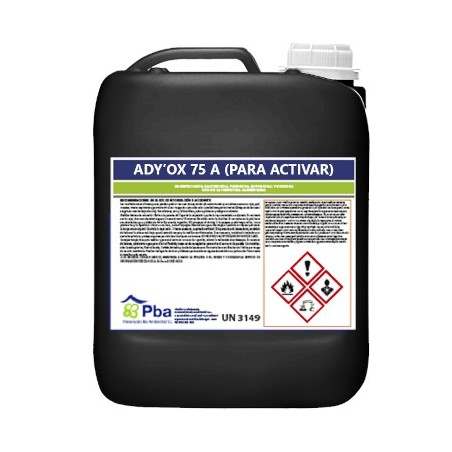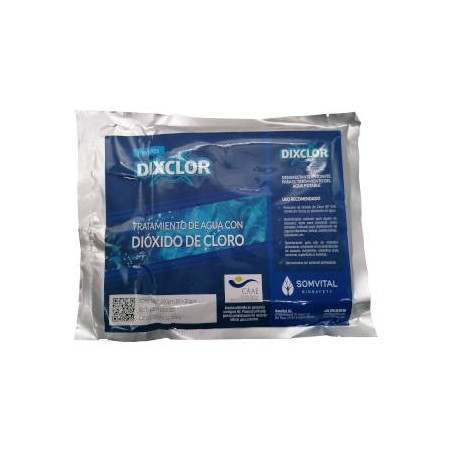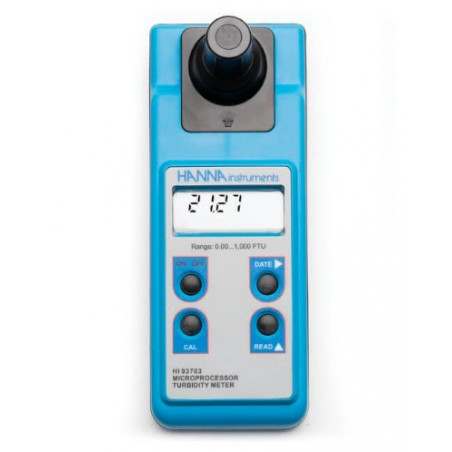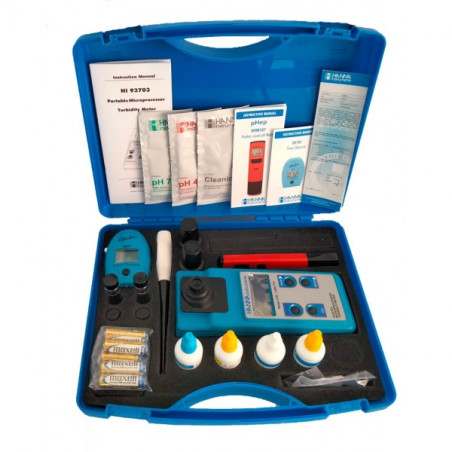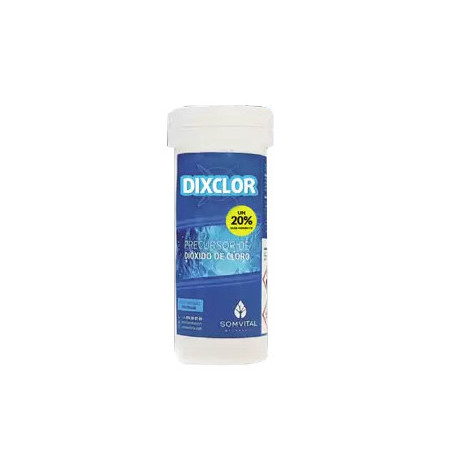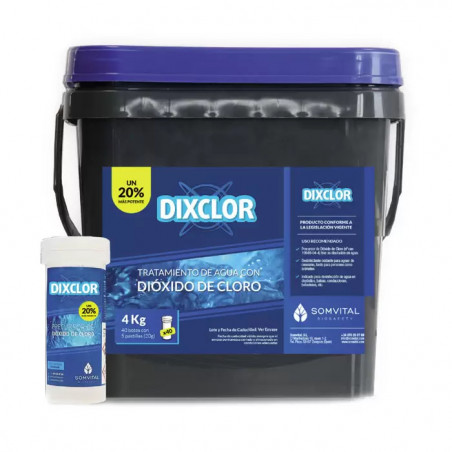Introduction
A few days ago, a company in the pig industry with which I normally work with, contacted me and told me to go and “take a look” to grow-out under construction with a capacity for 7,200 fattening pigs.

As I approached the brand new farm under construction, I thought: “A new farm. They have surely borne in mind the water infrastructure. Surely the engineer designed a water tank with enough capacity for a few days (5 at least). Surely they have kept in mind that the water must be treated in a specially designed intermediate tank.” I kept thinking in my list of “Surely... facts”, but surprise! I saw the feed silos, the dead animal containers, the slurry pit, the automatised feeding system, the dosing pump... but... what about the water? When I asked for the water, they took me to a well head and showed me a pipe emerging from the earth that ended in a building and that would go, from there, to the drinkers/water troughs. But of course they would assemble a chlorinator that will "put chlorine" into the pipe to disinfect the water. Without losing my head, I asked them if the could show me the tests performed on the well water. Their answer was: “¿What tests?”. Once more, they had put the cart before the horse.
What I have described is not incidental. In year 2018, with all the steps achieved towards the improvement of intensive pig production, water is the eternally forgotten aspect.
Water is essential for the life of any living creature, and pigs are no exception. Hence the importance of providing good quality drinking water ad libitum and at an appropriate temperature bearing in mind each species' quantitative requirements to avoid organic and production disorders.
This statement is based on the biologic fact that water is an essential element and also the main component of the animal´s body, representing 50-70% in adults and up to 90% in young animals, with the corresponding variations depending on the species, breed, sex, physiological circumstances and kind of feeding.
The special attention that must be paid to water in pig production is justified. Among other functions we can highlight:
- It serves as the vehicle for nutrients.
- It plays a very important role in the regulation of the body temperature.
- It is directly and indirectly involved in the main balances in the body, because it participates in all the physical, chemical and biological phenomena needed for the functioning of the vital processes.
- Drinking water is used as a therapeutic route due to efficacy, efficiency and safety reasons.
- Also, we cannot and must not forget that it is an important vector for the transmission of pathogenic microorganisms.
Table 1. Main pathogenic microorganisms transmitted through water.
| Bacteria | Viruses | Parasites |
|---|---|---|
| Campylobacter | Adenovirus | Helminths |
| Eschericia coli | Enterovirus | Protozoa: Cryptosporidium parvum, Giardia lamblia |
| Legionella | Rotavirus | |
| Salmonella | Norovirus | |
| Shigella | ||
| Vibrio | ||
| Yersinia |
Nothing has changed. Drinking water, the forgotten feed, must be of good quality and have the same level of requirements as the rest of solid feed with the aim of ensuring a correct nutrition and for minimizing diseases as part of the global nutrition concept.
The most common and widespread risk for pigs related to drinking water is microbial contamination, and its consequences are such that its control must always be a paramount goal. We must prioritize the improvement, development, control and maintenance of the drinking water supply systems that entail a higher risk for pigs.
The secret for ensuring water quality
As I said at the beginning, most of the pig farms put the cart before the horse. After the emergence of problems related to diseases, or difficulties in the administering of medications or the maintenance and cleaning of water pipes, it brings back to our mind that maybe water could be the reason for our poor production figures.
At this point, we have decided to “fix the problem with water”.
We can almost generalize that the words “strategy” and “innovation”, that are two basic concepts in business management, are not applied to the search for the solution. Normally, the solution is based on “trial and error”: Tom told me, Dick who is a great salesperson recommends, Harry says...
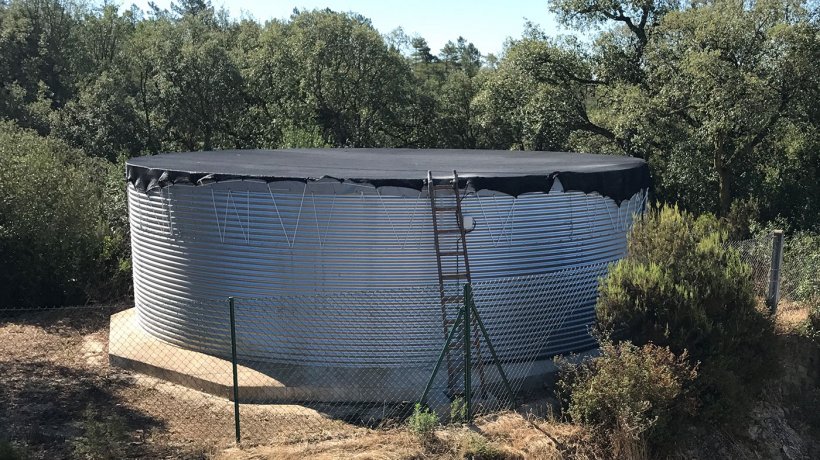

The secret for ensuring water quality starts with the water distribution system (from its source to the drinker/water trough) in the farm design studio, it then affects the installing company and it ends with the company specialized in the drinking water treatment. The basis of our strategy is the choice regarding the farm location and, as a consequence, the water source. The kind of water supply that we choose will be an expense that we will have to bear in mind in our operating account.
In case that we are working on a fully-operating farm, we will have to decide on our strategy, and to this aim what we must do is to gather data that facilitate a decision making that guarantees our success.
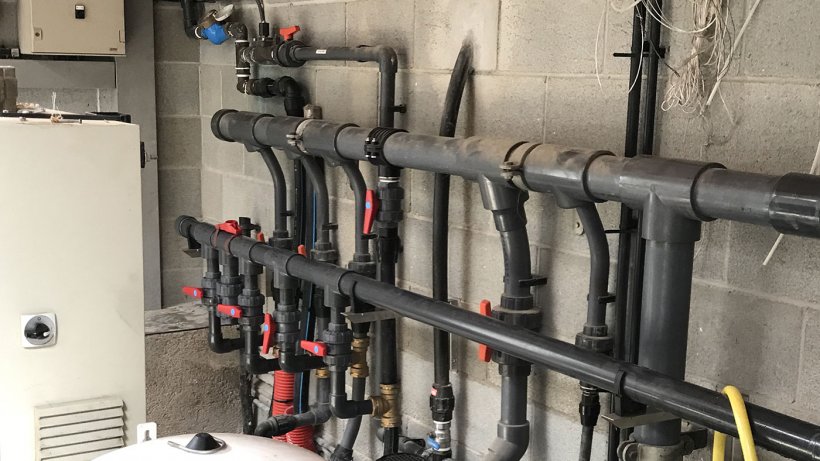
Next we list the data that we must bear in mind to know our needs:
| Aspect | Data to bear in mind for the study of drinking water quality on pigs farms |
|---|---|
| Farm location |
- Weather conditions/Water supply scarcity |
| Catchment data: | |
|
- Confined or non-confined aquifer |
|
- Description of the kind of body of water (river, canal, reservoir...) |
|
Storage and distribution tanks |
- Capacity of the storage and/or distribution tank |
| Distribution system |
- Materials the distribution system is made of |
| Water quality |
- Physical-chemical and microbiologic characteristics of the catchment water |
| Treatment |
- Water treatment operations |
Once the possible risks in the water supply and distribution system have been assessed, the corrective measures needed or the actions to be carried out shall be implemented.
There are no miracle treatments, but only strategies based in the knowledge and maintenance of our water supply and treatment system, physical-chemical and microbiological tests performed on the drinking water and the water supply and the use of authorized substances for the treatment of water under the current legislation of every country. about substances for the treatment of water used for the production of water for human consumption, and what's more important, knowing the quality of water that we need depending on its use (for drinking, cleaning, refrigeration and the supply of medication).




